Live Phytoplankton
Price range: 4,10€ through 6,49€ IVA INCLUIDO
These four microalgae species complement each other thanks to their size variation, mobility, and nutrient profile.
Description
General Characteristics
These four microalgae species complement each other thanks to their size variation, mobility, and nutrient profile. Included are:
Tetraselmis suecica: 10–14 µm, motile via flagella.
Nannochloropsis gaditana: ~2 µm, non-motile, small and rounded cells, rich in EPA, proteins, and carbohydrates, but without DHA.
Isochrysis galbana: 5–7 µm, ovoid cells with two flagella, rich in DHA, which is highly beneficial for larval development and zooplankton growth.
Phaeodactylum tricornutum: Diatom with sizes ranging from 24–29 µm x 4–5 µm, capable of assuming triradial, fusiform, or oval shapes. This species can be planktonic, benthic, or littoral depending on form. It contains high levels of both EPA and DHA.
Phytoplankton forms the base of the oceanic food chain and is therefore essential for all organisms in the aquarium, whether directly or indirectly.
Feeding the foundational levels of this chain correctly leads to a more balanced and well-nourished ecosystem. Mimicking the natural environment, phytoplankton plays a key role in achieving this goal.
Nutritional Value
Microalgae contain proteins/amino acids, polyunsaturated fatty acids (omega-3), vitamins, minerals, chlorophylls, other pigments, antioxidants, and enzymes.
heir general composition includes:
Proteins: 30–50%
Carbohydrates: 20–40%
Lipids: 8–15%
These values may vary depending on the species and cultivation conditions.
Advantages of Live Phytoplankton as Food
It directly feeds filter-feeding organisms and invertebrates in the aquarium, enhancing their immune systems, improving coloration, and stimulating natural predatory instincts.
Results may not be immediate, but over time, the aquarium’s vitality and biodiversity will improve.
When and Why to Use Phytoplankton
Any microalgae not consumed immediately will dissipate over time. Avoid overdosing. Some will adhere to live rock and substrate, providing nutrition to organisms dwelling there.
Note: The phytoplankton added to the tank will not reproduce inside the aquarium. Phytoplankton requires eutrophic conditions (high nutrient levels) to thrive, whereas aquariums should maintain oligotrophic environments (low nutrient concentrations).
Start with low doses and gradually increase based on the aquarium’s needs.
It also contributes to the reproduction and maintenance of zooplankton populations within the tank.
Additional information
| Weight | N/A |
|---|---|
| Dimensions | N/A |
| VOLUME | 250ml, 500ml |

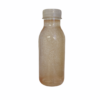
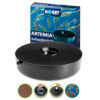
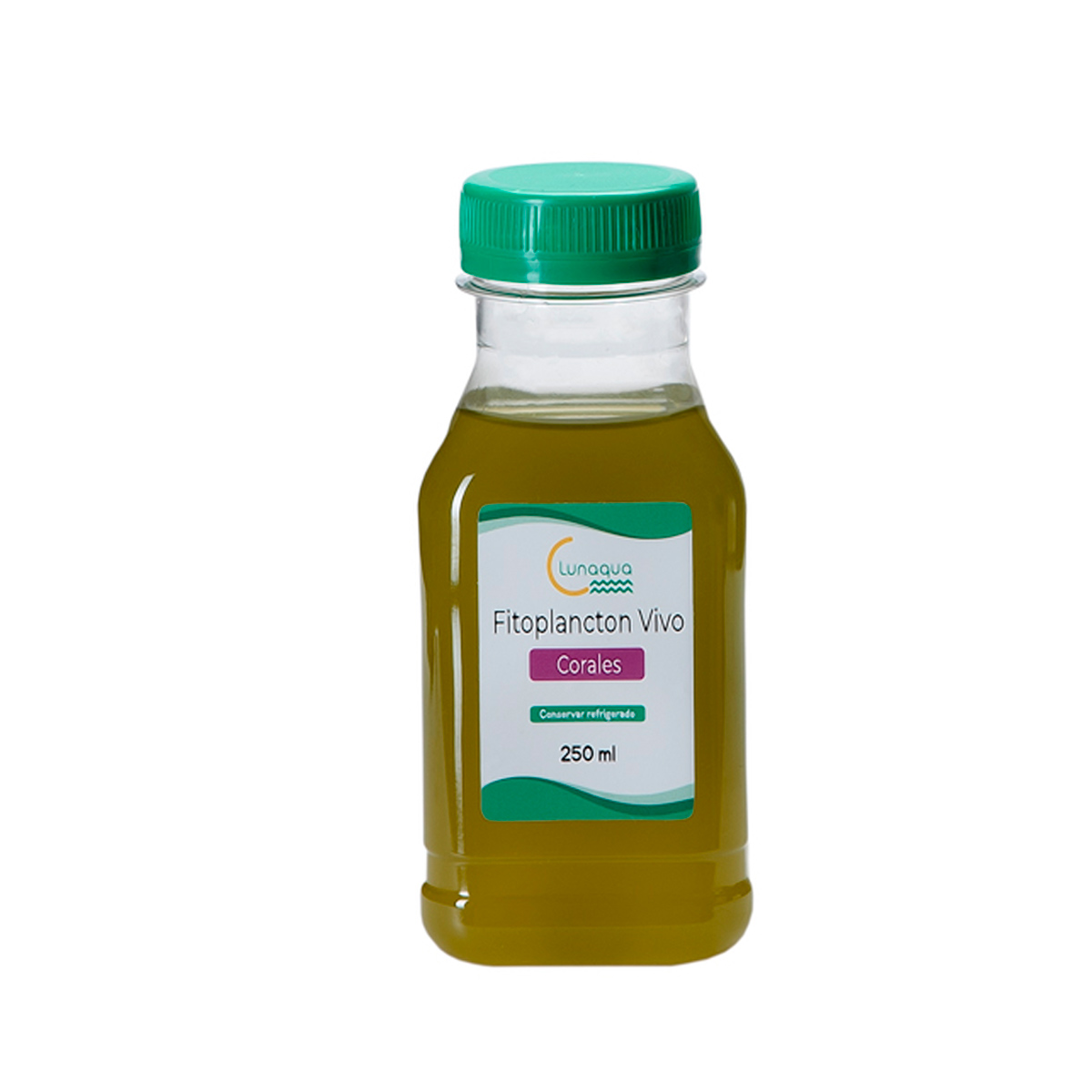
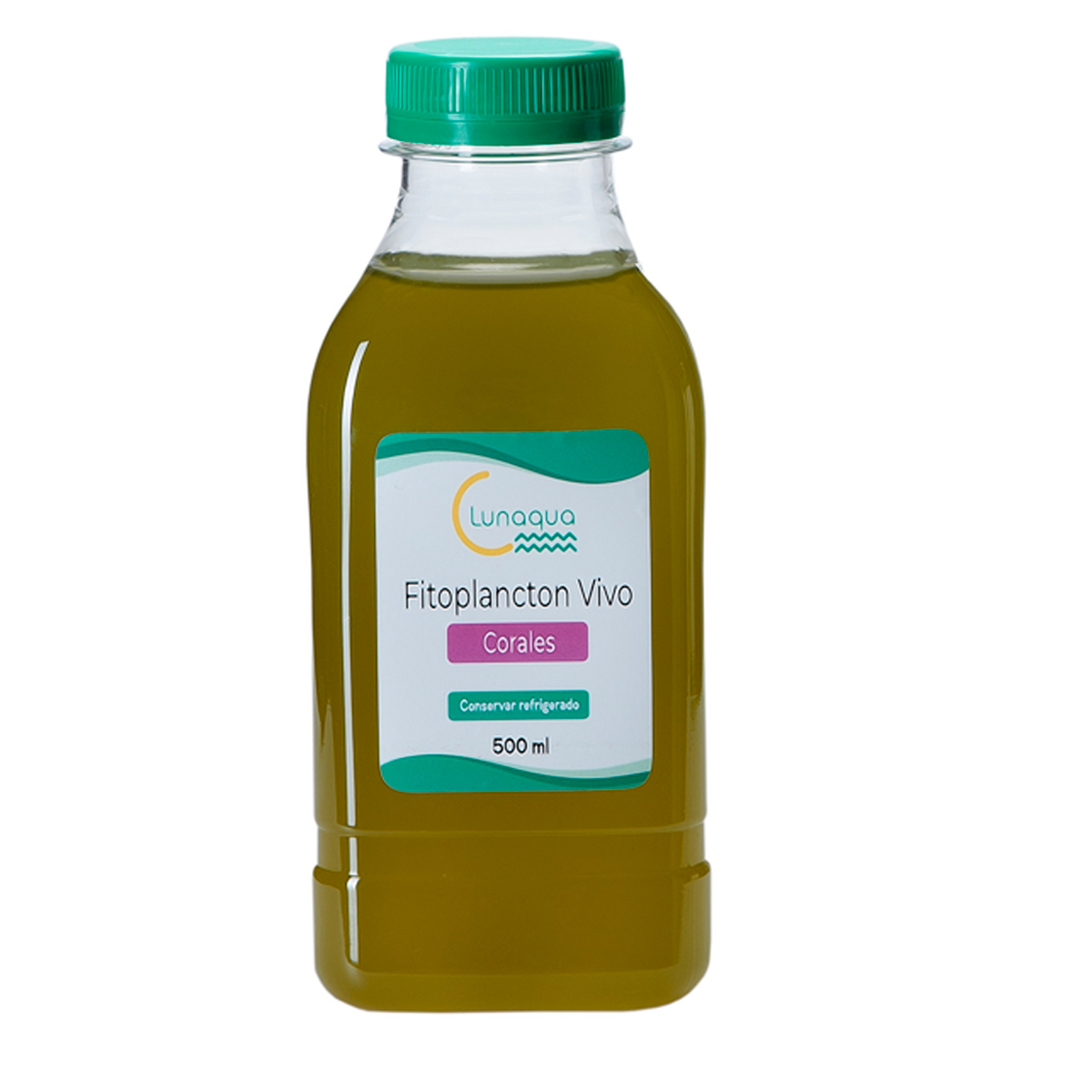
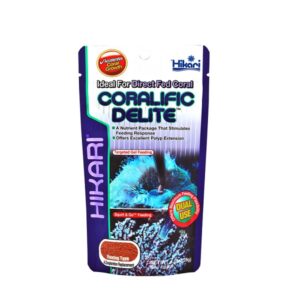
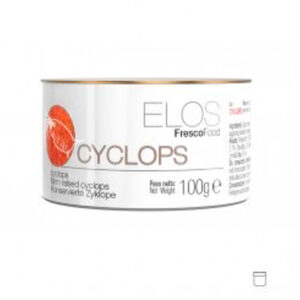
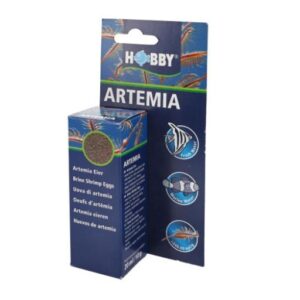
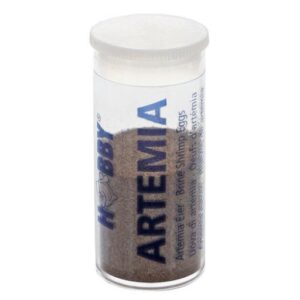
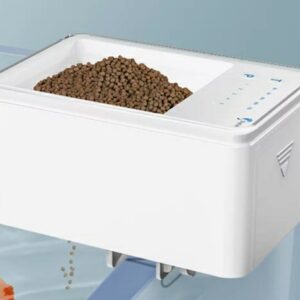
Reviews
There are no reviews yet.